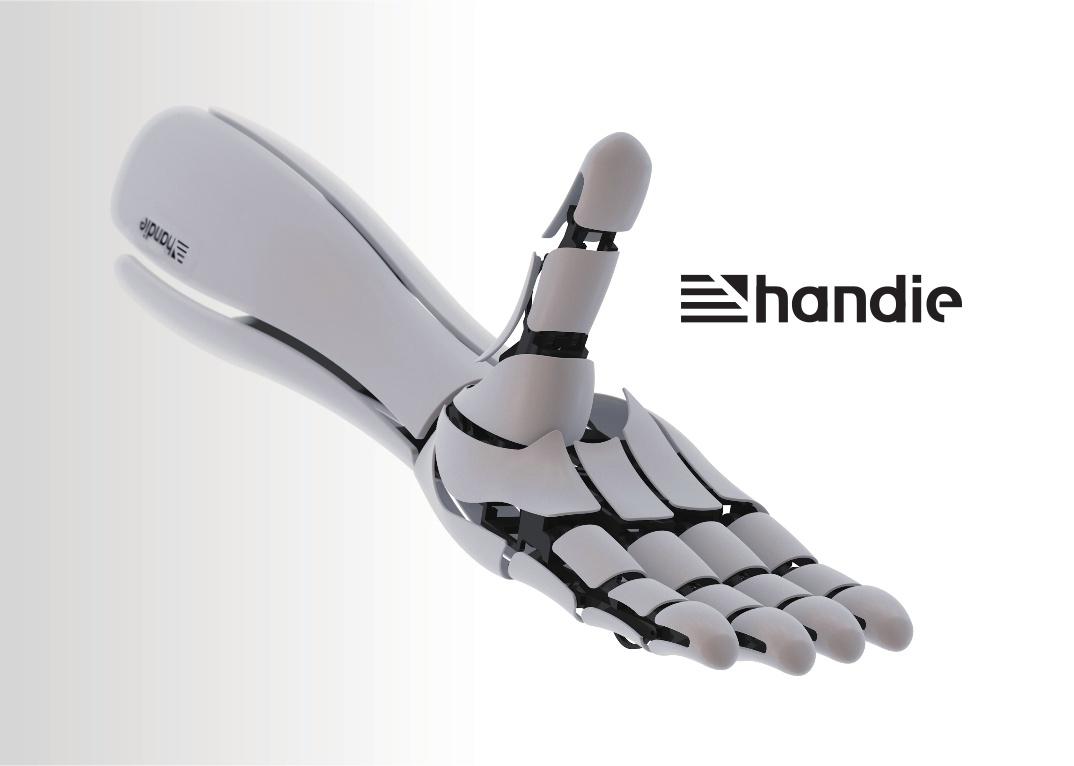Handie Uses 3D Printing and Smartphones to Build a Better Prosthetic Hand

All non-electronic components of the Handie were 3D printed, making it affordable to build and maintain. Courtesy of James Dyson Foundation.
Latest News
November 4, 2013
It’s amazing how quickly a good idea can spread. In the last few years, since additive manufacturing (AM) systems have come down in price enough to democratize use, a number of different teams have, independently of each other, been working with the technology to build increasingly sophisticated prosthetic hands. Even better, the prosthetics continue to be less and less expensive to build.
A new prosthetic project, called Handie, was on display at the Maker Faire Tokyo. All non-electronic components of the Handie prosthetic are built with a 3D printers, making it affordable to assemble, and easy to repair. The “brains” of the prosthetic are provided by an app written for smartphones, which further reduces the price.

The Handie team wrote about their reasons for developing Handie upon nomination for a James Dyson Award.
Our team has been working on myoelectric prosthetic hand since (our) college days. We were pursuing (a) highly functional hand that can perform strong, precise and diverse motions. Talking with amputees, however, we realized that high functionality is not necessarily the first priority to reduce their daily challenges. These tasks don’t require dexterous motions. It is rather the ‘price’ of (the) prosthetic hand that restricts amputees from using myoelectric prosthetic hand(s). Therefore, ‘‘Handie’’ is designed to provide amputees with sufficient functions at an affordable price.
Price estimates for the Handie hover around $400, which is a bargain for a prosthetic with electronically enhanced functionality. The prosthetic works by measuring electrical signals produced on the skin of the remaining muscles of an amputee. From there, the team developed a method of driving each finger with a single motor, while at the same time allowing the fingers to passively respond to the shape of an object.
While not as important as functionality, the aesthetics of the Handie are impressive as well. The white and black plastic shell looks like something pulled directly from the futuristic Portal video game, and has a much more finished appearance than most other 3D printed prosthetics. Keeping the brains of the Handie outside the prosthetic should reduce the weight slightly as well, making it less tiring to use for extended periods.
Below you’ll find a video about the Handie project.
Sources: Engadget, James Dyson Foundation
Subscribe to our FREE magazine, FREE email newsletters or both!
Latest News
About the Author
John NewmanJohn Newman is a Digital Engineering contributor who focuses on 3D printing. Contact him via [email protected] and read his posts on Rapid Ready Technology.
Follow DE





